Introduction
In the vast culinary landscape of Asian cuisine, particularly within the realm of Chinese and other East Asian cuisines, tofu and its derivatives play a pivotal role. These plant-based proteins offer a versatile and nutritious alternative to meat, catering to diverse dietary preferences and culinary traditions. Among the myriad tofu products available, oilskin tofu (often referred to as “youdoupi” in Chinese) and dried bean curd sticks (commonly known as “fuzhu” in Chinese) stand out due to their unique textures, preparation methods, and culinary applications. While both are derived from soybeans and share a common origin, their differences are significant enough to warrant a detailed exploration. This article aims to demystify the distinctions between oilskin tofu and dried bean curd sticks, shedding light on their production processes, nutritional profiles, culinary uses, and cultural significance.
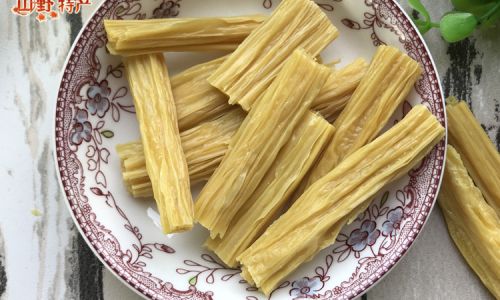
Production Processes
Oilskin Tofu (Youdoupi)
Oilskin tofu, also known as bean skin or tofu skin, is a thin, translucent sheet made from soy milk. The production process begins with soaking soybeans in water for several hours to soften them. The soaked beans are then ground into a fine paste, mixed with water, and filtered to remove the solids, leaving behind soy milk. This soy milk is boiled and a coagulant, such as nigari or gypsum, is added to initiate the process of curdling. Unlike traditional tofu production, where the curds are pressed into blocks, in the case of oilskin tofu, the curds are allowed to float to the surface and form a skin-like layer. This layer is carefully skimmed off, dried slightly, and then rolled or laid flat to dry further, resulting in a flexible, translucent sheet known as oilskin tofu.
The name “oilskin” is somewhat misleading, as it does not imply that the tofu is greasy or oily. Rather, it refers to the smooth, slightly glossy appearance and texture of the finished product, which can sometimes resemble the feel of oiled leather. Oilskin tofu is often sold in dried form, ready for rehydration and use in various dishes.
Dried Bean Curd Sticks (Fuzhu)
Dried bean curd sticks, on the other hand, are thick,棍状 pieces of tofu that have been dried to preserve them. The production of these sticks begins similarly to that of oilskin tofu, with the soaking, grinding, and filtering of soybeans to produce soy milk. However, the curdling and shaping processes differ. After adding the coagulant to the soy milk, the resulting curds are pressed into a mold to form a firm block. This block is then sliced into strips or sticks, which are further dried to remove moisture and extend their shelf life.
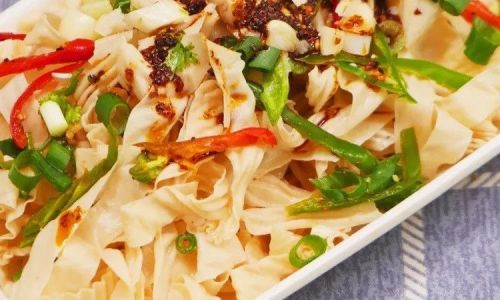
The drying process can vary, with some manufacturers opting for sun-drying, while others use mechanical drying methods. The sticks can range from thin and flexible to thick and rigid, depending on the intended use and personal preference. Once dried, these sticks are ready for storage and can be rehydrated before use in cooking.
Nutritional Profiles
Both oilskin tofu and dried bean curd sticks are excellent sources of plant-based protein, offering a high-quality alternative to animal proteins. They are also rich in essential amino acids, vitamins, and minerals, such as calcium, iron, and magnesium. However, there are some nutritional differences between the two.
Oilskin tofu tends to be lower in fat and calories compared to dried bean curd sticks, as it is made from the skin that forms on the surface of soy milk during curdling, which is naturally leaner. Additionally, oilskin tofu retains more of its moisture even after drying, making it softer and more tender when rehydrated. This can make it a more appealing choice for dishes that require a delicate texture, such as soups, stir-fries, or wraps.
Dried bean curd sticks, on the other hand, are denser and more concentrated in nutrients due to their higher moisture content being removed during the drying process. They are also typically higher in fiber, which can aid in digestion and contribute to a feeling of fullness. The thicker sticks can be quite chewy and are often used in dishes that require a more robust texture, such as braises, stews, or stir-fries where they can absorb flavors and hold their shape well.
Culinary Uses
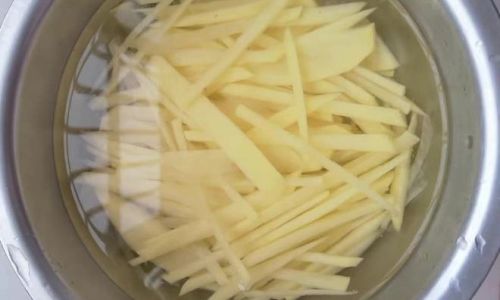
The versatility of oilskin tofu and dried bean curd sticks lies in their ability to adapt to a wide range of culinary styles and flavors. Both can be rehydrated and incorporated into dishes with minimal effort, making them ideal for busy cooks and those looking to experiment with plant-based eating.
Oilskin Tofu
Due to its delicate texture and mild flavor, oilskin tofu is particularly well-suited for dishes that require a soft, almost translucent element. It can be used as a wrapper for fillings in sushi-like rolls or stuffed with vegetables and spices for a hearty appetizer. In soups and stews, oilskin tofu adds a silky texture and subtle soy flavor, making it a great addition to miso soup, hot pots, or vegetarian broth-based dishes. It can also be stir-fried with vegetables and sauces, providing a light yet satisfying bite.
Dried Bean Curd Sticks
Dried bean curd sticks, with their chewy texture and robust flavor, are perfect for dishes that require a more substantial protein component. They can be soaked and added to stir-fries, braises, or stews, where they will absorb the surrounding flavors and develop a rich, umami-laden taste. Their ability to hold their shape and texture makes them ideal for dishes like mapo tofu, where they can stand up to the fiery heat and rich gravies of Sichuan cuisine. They can also be used in vegetarian versions of meat-based dishes, such as mock duck or mock pork, where their firmness mimics the texture of cooked meat.
Cultural Significance

Both oilskin tofu and dried bean curd sticks hold cultural significance within the contexts of their respective culinary traditions. In China, tofu and its derivatives have been a staple of Buddhist monasteries for centuries, where they are used as a meatless alternative during fasting periods. These products have also played a crucial role in the diets of rural communities, providing a nutritious and cost-effective source of protein.
As Chinese cuisine has spread globally, so too have these tofu products. They have been adapted and incorporated into the cuisines of other Asian countries, such as Vietnam, Thailand, and Korea, where they are used in unique and innovative ways. In Vietnam, for example, dried bean curd sticks are often used in banh mi sandwiches, adding a savory, chewy element to the popular street food. In Thailand, they are incorporated into salads and stir-fries, where their ability to absorb flavors makes them a star ingredient.
Conclusion
In summary, oilskin tofu and dried bean curd sticks, while both derived from soybeans and sharing a common origin, offer distinct textures, flavors, and culinary applications. Oilskin tofu, with its delicate texture and mild flavor, is perfect for dishes that require a soft, silky element. Dried bean curd sticks, on the other hand, with their chewy texture and robust flavor, are ideal for dishes that require a more substantial protein component. Both are nutritious, versatile, and hold cultural significance within the contexts of their respective culinary traditions.
By understanding the differences between these two tofu products, cooks can make informed decisions about which one to use in their dishes, ensuring that they achieve the desired texture, flavor, and nutritional profile. Whether you’re a seasoned chef or a home cook looking to expand your plant-based repertoire, oilskin tofu and dried bean curd sticks offer a wealth of possibilities that are sure to elevate your culinary creations.
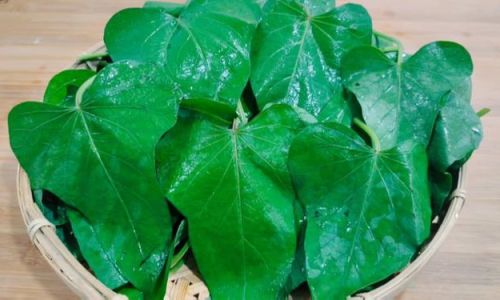
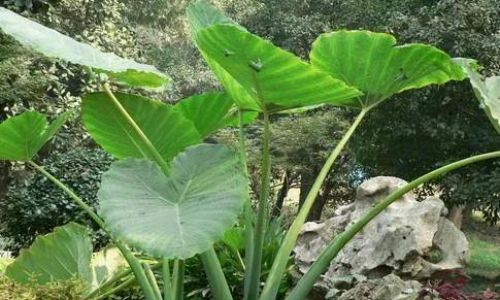
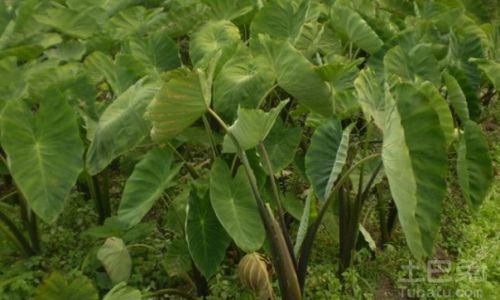
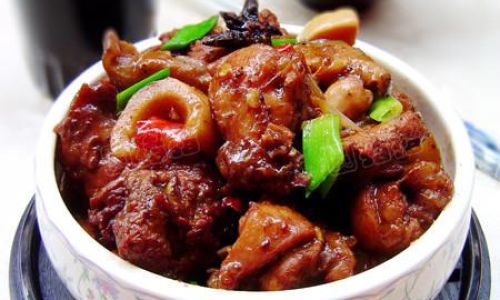
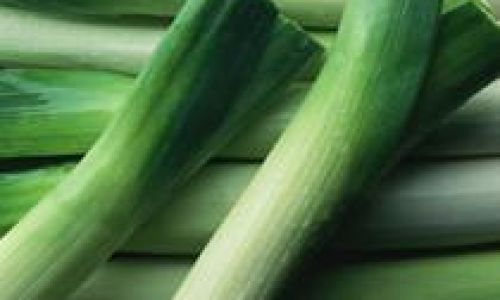

0 comments